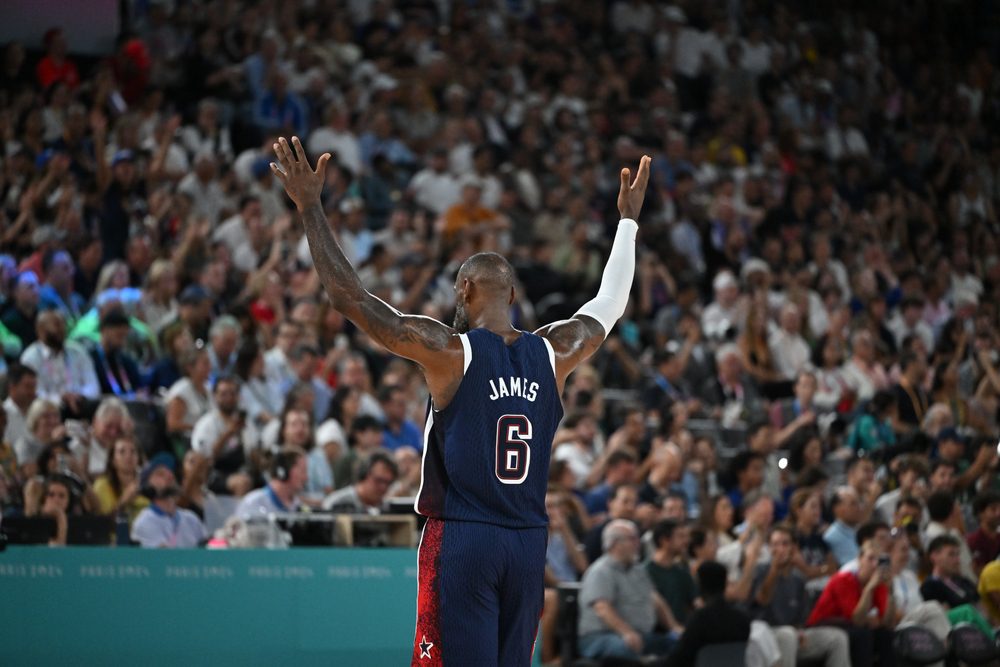(Circulation Management) Men’s Health magazine is saving up to $1 million per year with three painfully simple tactics.
One is automatic renewals. Since starting tests in 1997, Men’s Health has offered these through direct mail and inserts, and it rolled them out this month on the Internet, according to John Phelan, consumer marketing director for the Rodale title.
The magazine’s control piece features a box with the headline: “No Hassle Service.”
And the copy promises readers that, “When you subscribe, you won’t receive endless, annoying renewal notices.”
That is as convenient for the publisher as it is for the subscriber. Based on a reduction in cost per order, automatic renewals produce cumulative savings of $50,000 per one million pieces of direct mail, Phelan said.
How do they work? Automatic renewal language is first included in new business or conversion/renewal offers. Then the subscription service begins, along with billing for credit offers. Selected expires are sent a renewal notification link letter.
“At some point there has to be notification,” Phelan said. And it doesn’t pay to wait until it comes as a shock.
Initially, the offers were rolled out only to long-term renewals, but their reach has been extended and the book is now testing them in newspaper inserts, package insert stuffers, supermarket take-ones and other such sources. Eventually, Phelan hopes that “all direct-to-publisher subs will be automatic renewals.”
But there are several challenges, one being that these subscriptions are not until forbid.
“We’ve had no luck doing this on credit card continuous service,” Phelan said. “There are losses in upfront revenue, and 25% go bad by the time you put the charge on them.”
Another problem is that publishers-and advertisers-often have to be educated on the value of these subs.
“Publishers think these people are brain-dead zombies,” Phelan said. “But they still have to pay.”
Then there’s the problem of language in offers. The pieces that have pulled the best response were “the ones that made our lawyers most nervous,” Phelan joked.
Rodale also expects to save $900,000 this year through selective binding of Men’s Health’s mailing pieces. Selective binding is the combining of like-sized mailing pieces-mostly flats-into one mail stream to increase volume.
As part of this, the magazine is also reducing postage through advanced presort and bindery technologies.
Even with the lifts in, magazine mailing pieces can be reduced from as high as $264 to $179 per thousand, according to Phelan. The total savings on 54.4 million pieces a year is $8.37 million, he continued.
However, Phelan offered several caveats. One is that selective binding requires uniformity of formats across offers. Another is that you have to be flexible on mail dates and meet all your production deadlines.
“You cannot miss production schedules,” Phelan said.
Finally, Men’s Health has saved some money by offering downloadable premiums online — usually .pdf versions of hard-copy booklets. This has greatly improved margins, considering that the magazine has sold 750,000 subscriptions with editorial premiums during the last two ABC periods.
The savings outweighs the fact that there has been no lift in gross response.
In addition, the magazine has boosted credit card percentage online by offering a downloadable premium only to credit card buyers.
Of course, these aren’t the old cost-saving measures being used by Men’s Health. Others include staples like gang printing of multiple promotions for multiple titles, vendor negotiations and choosing the most efficient paper stock.
“There’s no magic bullets,” Phelan said. “A lot of it is blocking and tackling, not revolutions, but management and cost management.
 Network
Network

